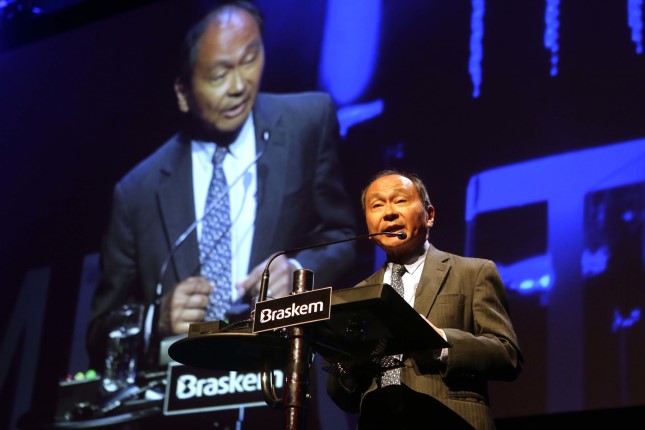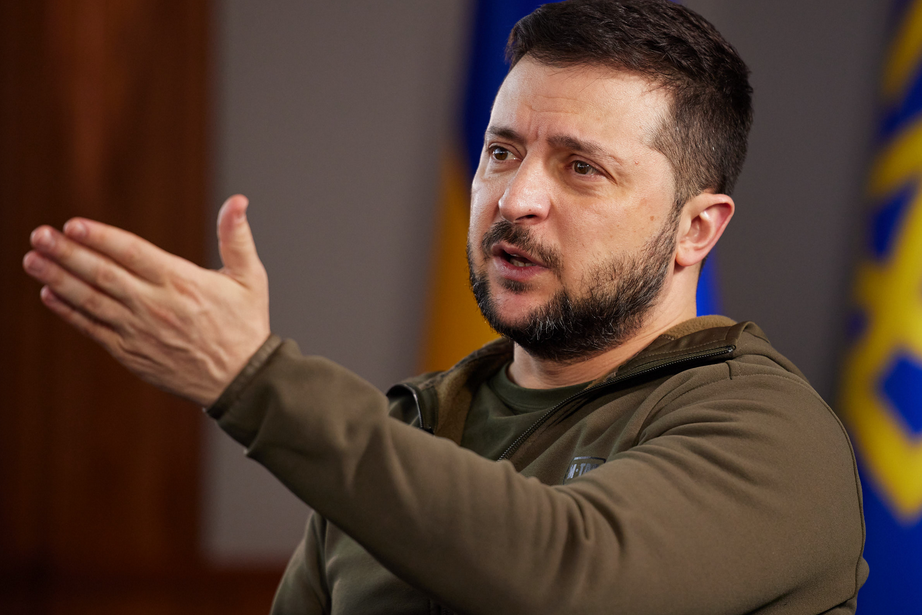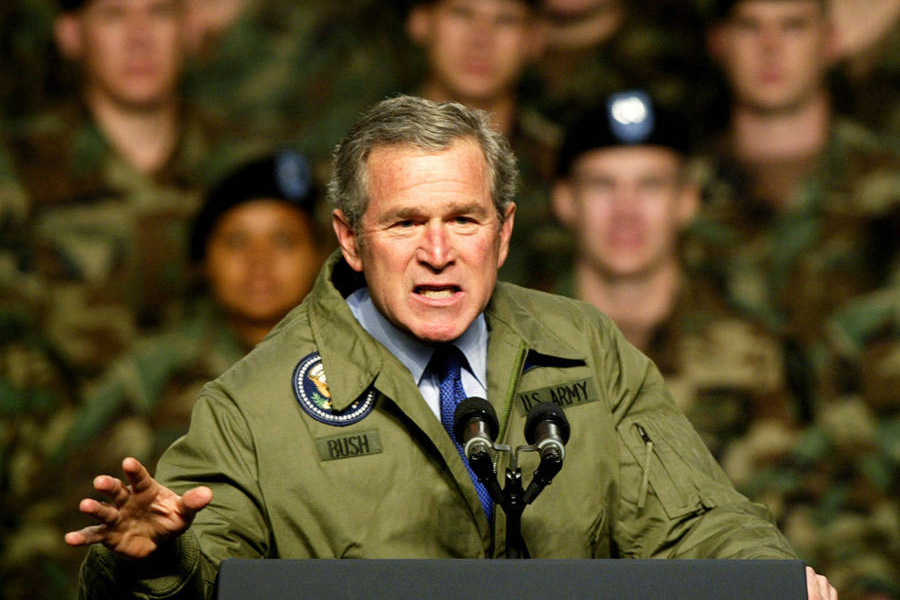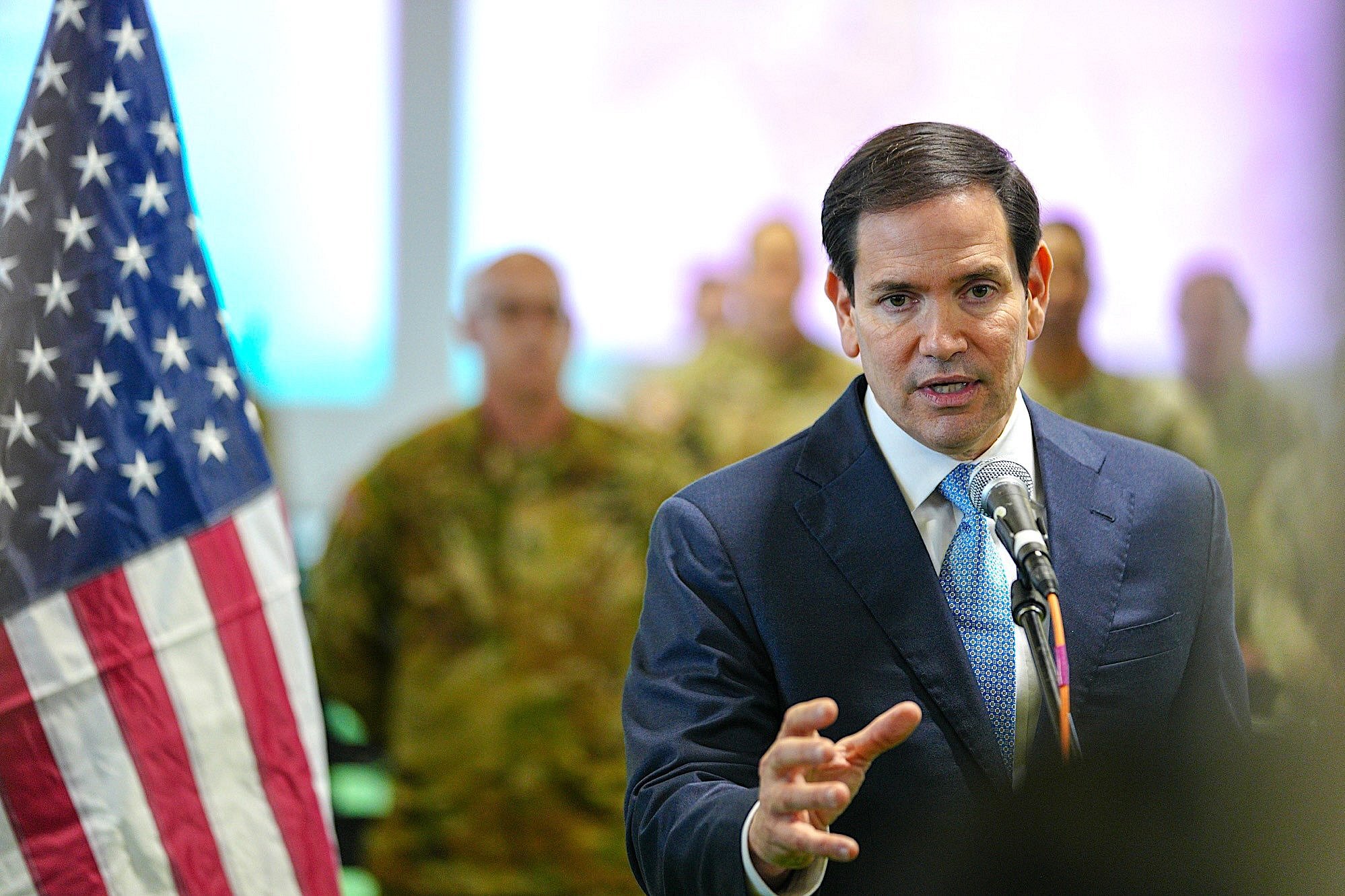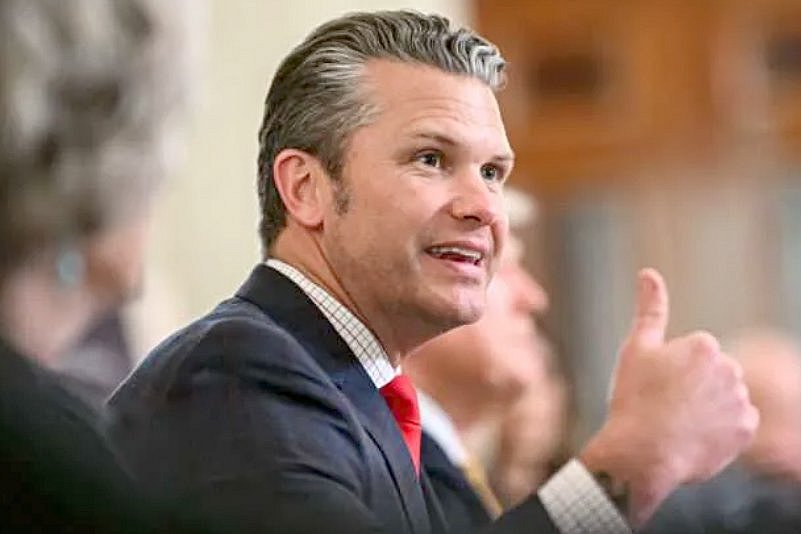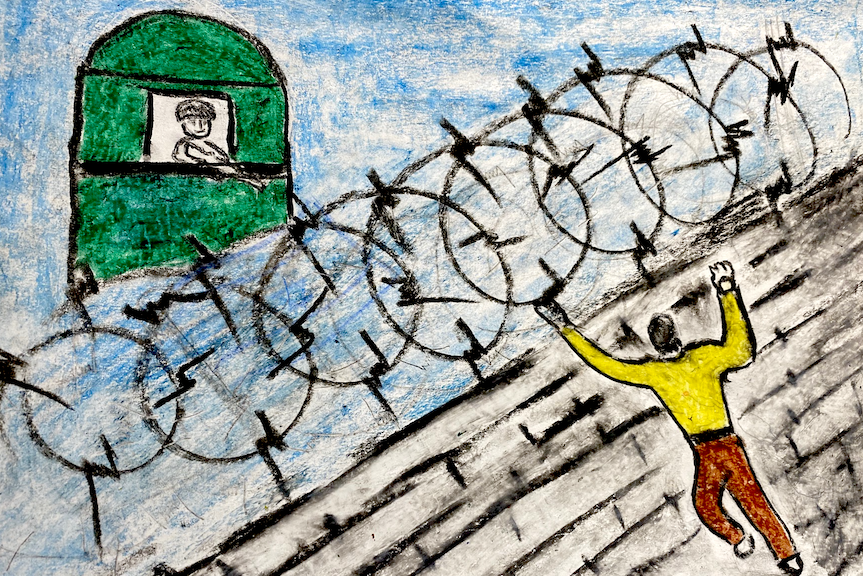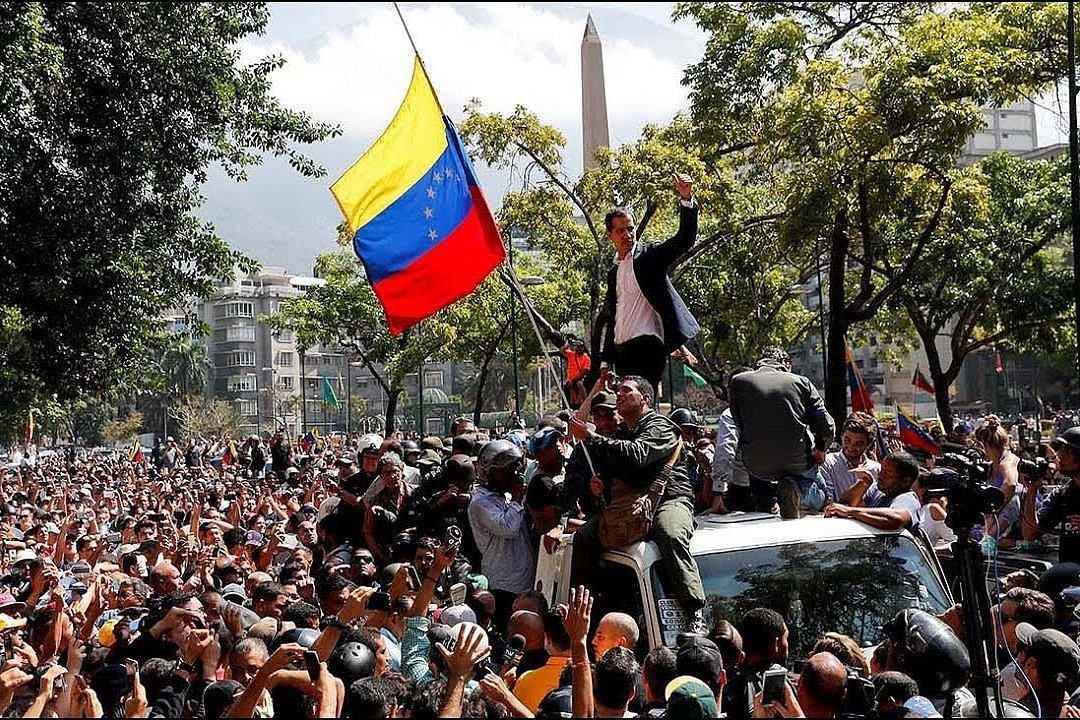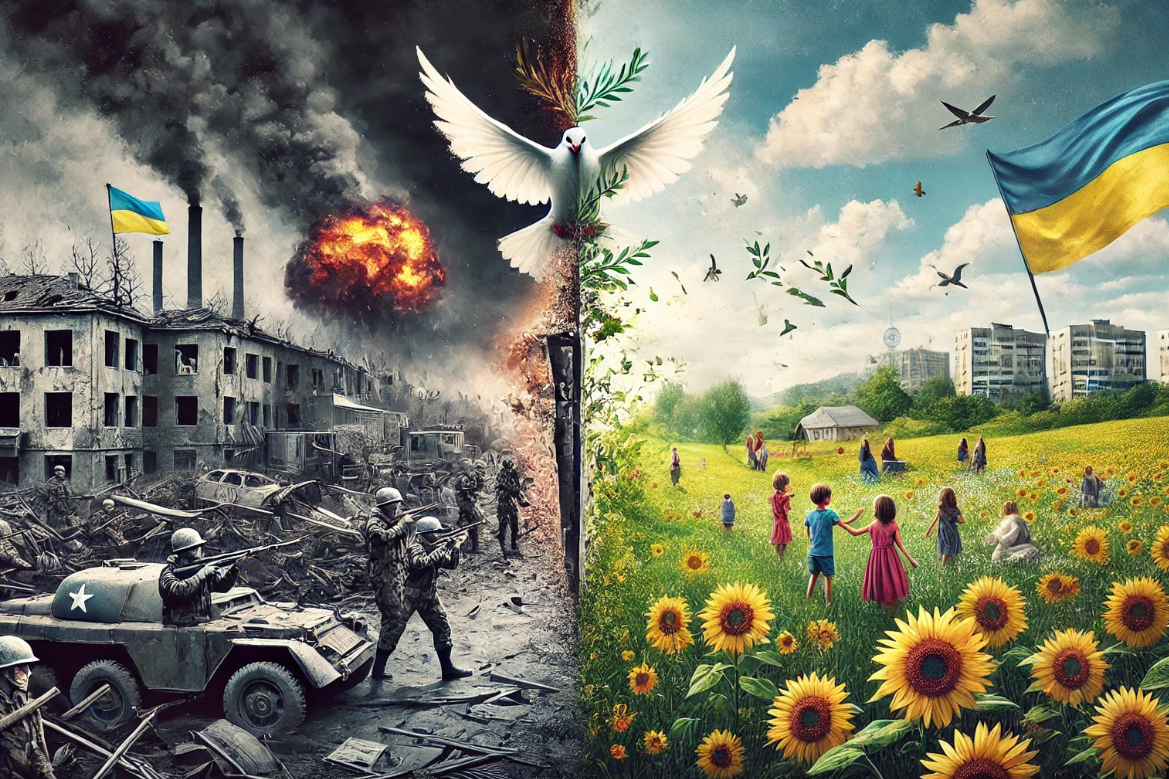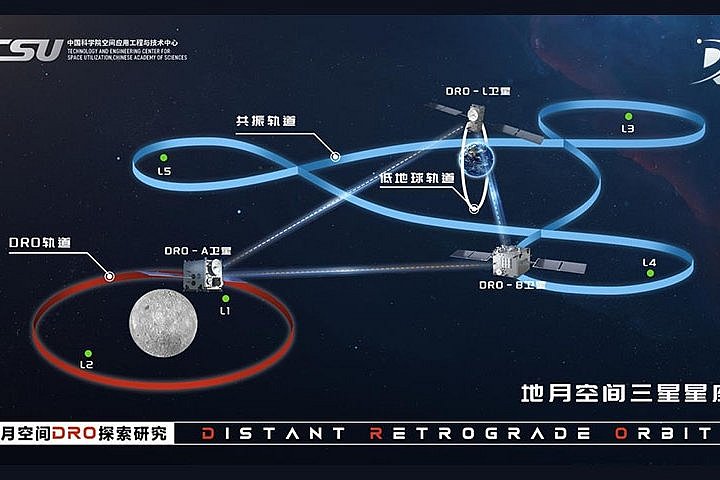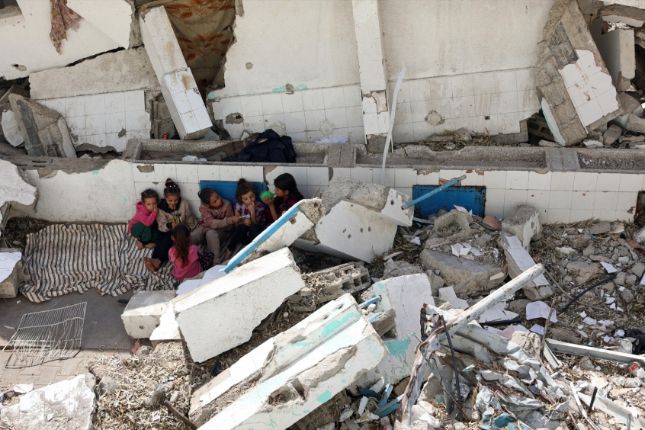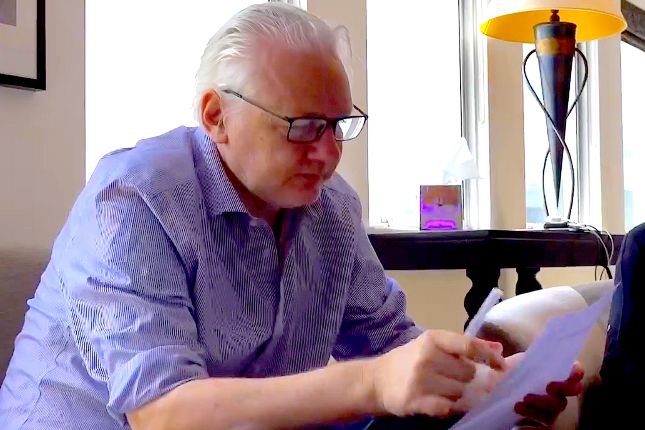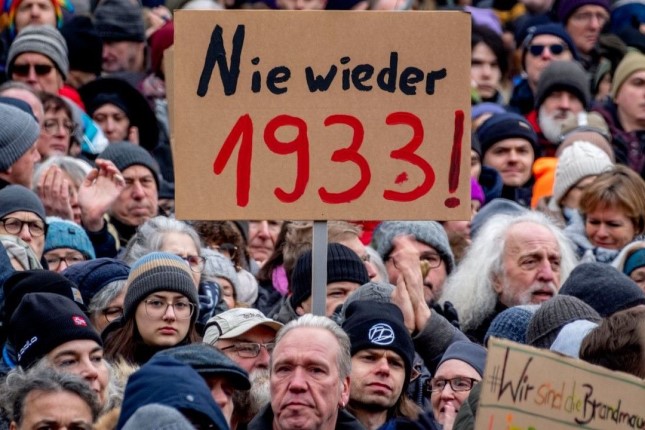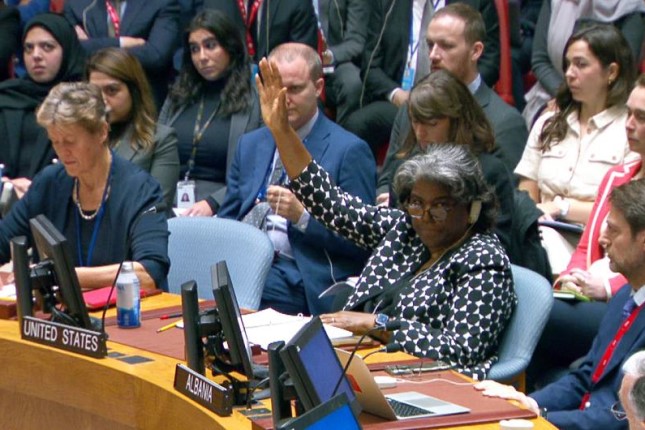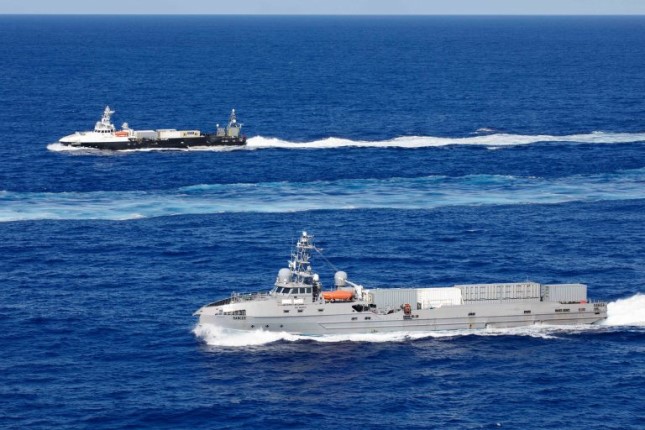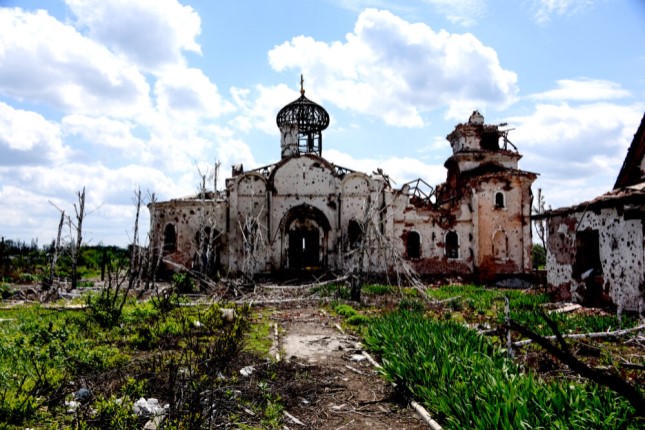“What we are witnessing is not just the end of the Cold War, or a passing of a particular period of postwar history, but the end of history as such: that is, the end point of mankind’s ideological evolution and the universalization of Western liberal democracy as the final form of human government.”
These words, written by the American political scientist Francis Fukuyama, who in 1989 published “The End of History,” an article that turned the academic world upside down.
“Liberal democracy,” Fukuyama wrote, “replaces the irrational desire to be recognized as greater than others with a rational desire to be recognized as equal.” “A world made up of liberal democracies, then, should have much less incentive for war, since all nations would reciprocally recognize one another’s legitimacy. And indeed, there is substantial empirical evidence from the past couple of hundred years that liberal democracies do not behave imperialistically toward one another, even if they are perfectly capable of going to war with states that are not democracies and do not share their fundamental values. “
But there was a catch. Fukuyama went on to note that, “[N]ationalism is currently on the rise in regions like Eastern Europe and the Soviet Union where peoples have long been denied their national identities, and yet within the world’s oldest and most secure nationalities, nationalism is undergoing a process of change. The demand for national recognition in Western Europe has been domesticated and made compatible with universal recognition, much like religion three or four centuries before.”
Global Model
This growing nationalism was the poison pill to Fukuyama’s thesis regarding the primacy of liberal democracy. The foundational premise of the then-burgeoning neoconservative philosophical construct of a “new American century” was that liberal democracy, as practiced by the United States and, to a lesser extent, Western Europe, would become the model upon which the world would be rebuilt, under American leadership, in the post-Cold War era.
These paragons of the twisted confluence of capitalism and neoliberalism would have done well to reflect on the words of their arch-nemesis, Karl Marx, who famously observed that, “Men make their own history, but they do not make it as they please; they do not make it under self-selected circumstances, but under circumstances existing already, given and transmitted from the past. The tradition of all dead generations weighs like a nightmare on the brains of the living.”
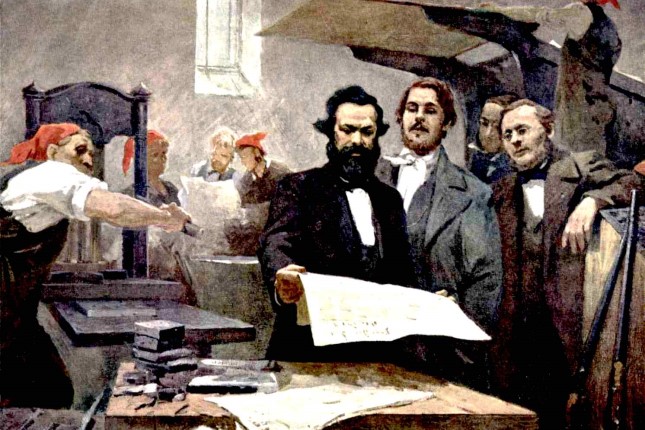
E. Capiro’s 1895 oil painting of Karl Marx and Friedrich Engels in the printing house of their German daily Neue Rheinische Zeitung, published in Cologne at the time of the Revolution of 1848-1849. Photo: Wikimedia Commons / Public domain.
History, it seems, can never end, but rather is reincarnated, over and over, from a foundation of history influenced by the actions of the past, infected as they are with the mistakes that are derived from the human condition.
One of the mistakes made by Fukuyama and the proponents of liberal democracy, who embraced his “end of history” ideal in reaching their conclusion, is that the key to historical progression lies not in the future, which has yet to be written, but in the past, which serves as the foundation upon which everything is built.
Historical foundations run deep — deeper than the memories of most academics. There are lessons of the past that reside in the soul of those most impacted by events, both those recorded in writing and those passed down orally from generation to generation.
Academics such as Fukuyama study the present time, drawing conclusions based upon a shallow understanding of the complexities of times past.
According to Fukuyama, history ended with the conclusion of the Cold War, perceived as a decisive victory of the liberal democratic order over its ideological opponent, world communism.
But what if the collapse of the Soviet Union — the event seen by most historians as signaling the end of the Cold War — wasn’t triggered by the manifestation of the victory over communism by liberal democracy, but rather by the weight of history defined by the consequences of prior “end of history” moments? What if the sins of the fathers were transferred to the progeny of previous historical failures?
War & Revived Nationalism
Of the many points of conflict occurring in the world today, one stands out as a manifestation of the ongoing fascination liberal democracy adherents have with the victory over communism, which they thought was won more than three decades ago, namely, the ongoing conflict between Russia and Ukraine.
Political scientists in the Fukuyama “end of history” school view this conflict as being derived by the resistance of the remnants of Soviet regional hegemony (i.e., modern-day Russia, led by its president, Vladimir Putin) over the inevitability of liberal democracy taking hold.
But a closer examination of the Russian-Ukraine conflict points to the present conflicts being born of not simply the incomplete divorce of Ukraine from the Soviet/Russian orbit that occurred at the end of the Cold War, but also the detritus from the collapse of previous ruling systems, especially the Tsarist Russian and Austro-Hungarian Empires.
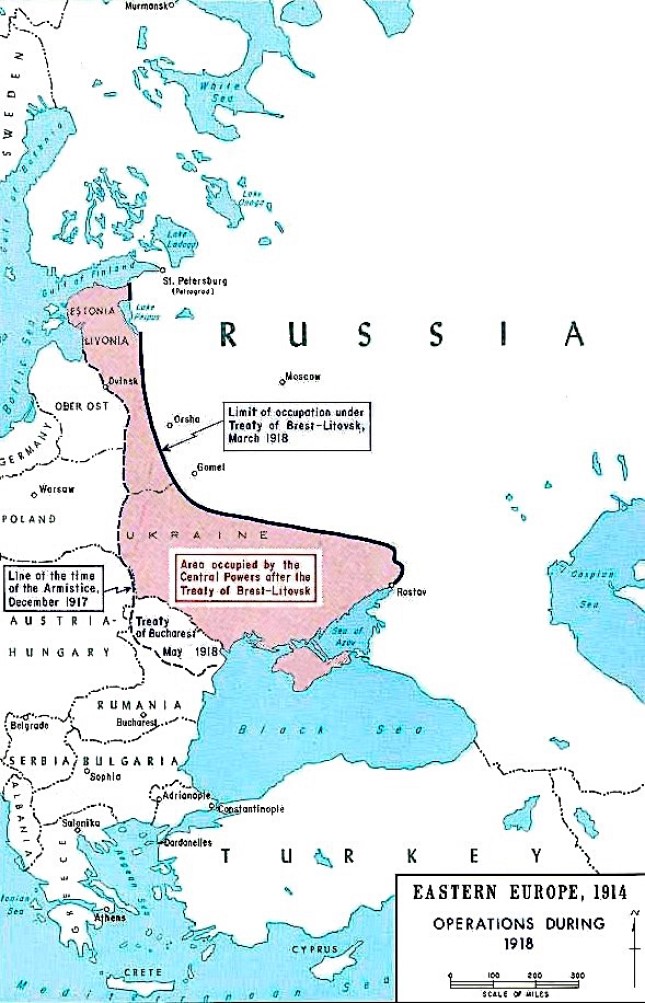
Treaty of Brest-Litovsk map showing territory lost by Bolshevik Russia in 1918. Photo: Department of History / U.S. Military Academy / Public domain.
Indeed, the current conflict in Ukraine has nothing to do with any modern-day manifestation of the Cold War bipolarity, and everything to do with the resurrection of national identities which existed, however imperfectly, centuries before the Cold War even began.
To understand the roots of the Ukrainian-Russian conflict, one needs to study German actions after the 1918 Treaty of Brest-Litovsk, the rise and fall of Symon Petliura and the Polish-Soviet War — all of which predated the Molotov-Ribbentrop Pact and the dissection of Galicia that took place in 1939 and 1945.
These actions were all triggered by the collapse of Tsarist and Austro-Hungarian power, and then united by violent efforts to allow local realities to shape the final disposition of a region frozen in place by the rise of Soviet power.
The dislocation felt by many Ukrainians today from all things Russian can be traced to the failed attempt at forming a nascent Ukrainian nation in the chaotic aftermath of the First World War and the collapse of both Tsarist Russia and the Austro-Hungarian Empire – all prior to the consolidation of both Polish and Bolshevik power.
The Brief Rise and Fall of a Ukrainian State, 1918-1921
The Ukrainian People’s Republic, led by the nationalist Symon Petliura, proclaimed its independence from Russia in January 1918. It did so backed the German army, which occupied the Republic after the Central Powers, led by Germany, signed the Brest-Litovsk Treaty with Ukraine in February 1918. (Russia and the Central Powers signed a separate Brest-Litovsk Treaty in March 1918).
The German military occupiers then dissolved the socialist, Ukrainian People’s Republic in April 1918, replacing it with the Ukrainian State, also known as the Second Hetmanate. (The First Hetmanate was a Ukrainian Cossack State that existed in the Zaporizhian region from 1648 until 1764).
But the Ukrainian State survived only until December 1918, when forces loyal to the deposed Ukrainian People’s Republic, led by Petliura, overthrew the Second Hetmanate, and reclaimed control over Ukraine.
During this time the physical dimensions of the Ukrainian People’s Republic was in constant flux. In the short first tenure of the Ukrainian People’s Republic, two territories claimed as Ukrainian — centered round Odessa and Kharkov — declared their independence from the Ukrainian People’s Republic, and instead opted to join Russia [as four regions today have similarly opted to join Russia].
In November 1918 a portion of the Austro-Hungarian Empire’s Galician territories possessing a Ukrainian majority declared its independence, organized itself as the Western Ukrainian Republic, and in January 1919 merged with the Ukrainian People’s Republic.
But upon its creation, the Western Ukrainian Republic found itself at war with a newly independent Poland and, following the merger between the Western Ukrainian Republic and the Ukrainian People’s Republic, the war morphed into a general conflict between Poland and Ukraine.
One of the major battlegrounds of this conflict was the western Galician territory of Volhynia. It was here that Ukrainian troops undertook the slaughter of thousands of Jews, for which Petliura has been blamed.
End of Ukrainian Republic
The Polish-Ukrainian war ended in December 1919 with the defeat of the Ukrainian People’s Republic. One of the major reasons for this defeat was the rise of Soviet power as the Russian Civil War reached its violent conclusions in the territories abutting the Ukrainian People’s Republic, allowing the victorious Red Army to turn its attention to consolidating Bolshevik authority over the territory of Ukraine.
This led to a peace treaty between the Ukrainian People’s Republic and Poland which saw the territories of the former Western Ukrainian Republic turned over to Poland in exchange for Polish assistance against the Bolsheviks.
The alliance between Poland and the Ukrainian People’s Republic, concluded in April 1919, led to a Polish offensive against the Soviet Union which ended with the capture of Kiev by Polish troops in May 1919. A Soviet counterattack in June took the Red Army to the gates of Warsaw, only to be thrown back in August by Polish forces, which began to advance eastward until the Soviets sued for peace, in October 1920.
While various efforts to end the Polish-Soviet conflict had been brokered on the basis of a delineation of territory known as the Curzon Line, named after the British Lord who first proposed it back in 1919, the final demarcation of the border was negotiated via the Treaty of Riga, signed in March 1921, which formally ended the Polish-Soviet war.
The so-called “Riga Line” had Poland taking control of large amounts of territory well east of the Curzon Line, leading to longstanding resentment by Soviet authorities.
The Treaty of Riga imposed boundaries on a region with no regard to the ethnic composition of the people living there, leading to a mixing of populations that were inherently hostile toward one another.
The end of the Western Ukrainian Republic, in 1919, led to the political leadership of that entity going into diaspora in Europe, where they pressed the governments of Europe to recognize the independent status of the Western Ukrainian nation.
Rise of Bandera
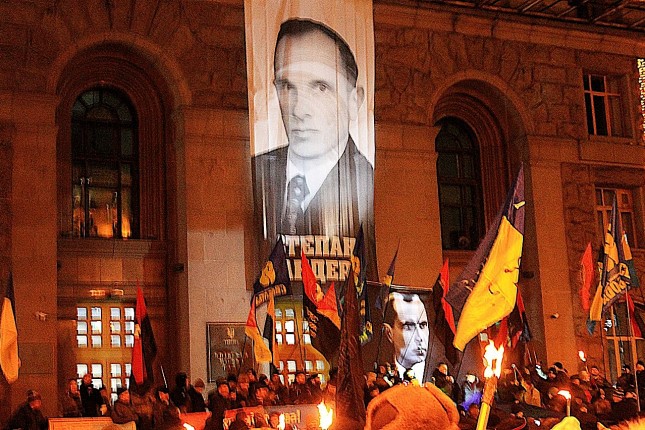
Stepan Bandera torchlight parade in Kiev, Jan. 1, 2020. Photo: A1 / Wikimedia Commons.
This diaspora worked closely with disaffected Ukrainian nationalists who found themselves under Polish governance in the aftermath of the Polish-Soviet war. Among these Ukrainian nationalists was Stepan Bandera, an adherent of Symon Petliura (assassinated in exile in Paris in 1926 by Jewish anarchist Sholom Schwartzbard who said he was avenging the deaths of 50,000 Jews. Schwartzbard was acquitted.)
Bandera rose to lead the Ukrainian nationalist movement in the 1930’s, eventually allying himself with Nazi Germany following the 1939 partitioning of Poland between Germany and the Soviet Union, which ran roughly along the Curzon Line demarcation.
Bandera was the driving force behind Ukrainian nationalist forces operating alongside the German occupying forces after the German invasion of the Soviet Union in June 1941. These forces participated in the massacre of Jews in Lvov and Kiev (Babyn Yar) and the slaughter of Poles in Volhynia in 1943-44.
When the Soviet Union and the western allies defeated Germany, the Curzon Line was used to demarcate the border between Poland and Soviet Ukraine, putting the western Ukrainian territories under Soviet control.
Bandera and hundreds of thousands of western Ukrainian nationalists fled to Germany in 1944, ahead of the advancing Red Army. Bandera continued to maintain contact with tens of thousands of Ukrainian nationalist fighters who remained behind, coordinating their actions as part of a resistance campaign managed by Reinhard Gehlen, a German intelligence officer who ran Foreign Armies East, the German intelligence effort against the Soviet Union.
After the surrender of Nazi Germany, in May 1945, Gehlen and his Foreign Armies East organization was subordinated to U.S. Army intelligence, where it was reorganized into what became the BND, or West German intelligence organization.
The Cold War began in 1947, following the announcement by U.S. President Harry Truman of the so-called Truman Doctrine, which aspired to stop the expansion of Soviet geopolitical expansion.
That same year, the newly created C.I.A. took over management of the Gehlen organization. From 1945 until 1954, the Gehlen organization, at the behest of U.S. and British intelligence, worked with Bandera and his Organization of Ukrainian Nationalists (OUN) to direct the efforts of the Banderist fighters who remained on Soviet territory.
They fought in a conflict that claimed the lives tens of thousands of Soviet Red Army and security personnel, along with hundreds of thousands of OUN and Ukrainian civilians. The C.I.A. continued to fund the OUN in diaspora up until 1990.
Link to Today
In 1991, the first year of Ukraine’s independence, the neo-fascist Social National Party, later Svoboda Party, was formed, tracing its provenance directly to Bandera. It had a street named after Bandera in Liviv, and tried to name the city’s airport after him.
In 2010, pro-Western Ukrainian President Viktor Yushchenko declared Bandera a Hero of Ukraine, a status reversed by Ukrainian President Viktor Yanukovych, who was later overthrown.
More than 50 monuments, busts and museums commemorating Bandera have been erected in Ukraine, two-thirds of which have been built since 2005, the year the pro-American Yuschenko was elected.
At the time of the 2014 overthrow of the elected Yanukovych, Western corporate media reported on the essential part the descendants of Petliura and Bandera played in the coup.
As The New York Times reported, the neo-Nazi group, Right Sector, had the key role in the violent ouster of Yanukovych. The role of neo-fascist groups in the uprising and its influence on Ukrainian society was well reported by mainstream media outlets at the time.
The BBC, the NYT, the Daily Telegraph and CNN all reported on Right Sector, C14 and other extremists’ role in the overthrow of Yanukovych.
Thus today’s Ukrainian nationalism draws a direct link to the history of extremist nationalists beginning with the post World War I-period.
Where Does History Begin?
Almost every discussion about the historical roots of today’s Russian-Ukrainian conflict begins with the partition of Poland in 1939, and the subsequent demarcation that took place at the end of the Second World War, solidified by the advent of the Cold War.
However, anyone searching for a solution to the Russian-Ukrainian conflict that is grounded in post-Cold War policies will run afoul of the realities of history that pre-date the Cold War, and which continue to manifest in the present day by reincarnating still unresolved issues.
They all have a precedent that dates to the tumultuous period between 1918-1921.
The reality is that the collapse of the Tsarist and Austro-Hungarian empires had a far greater influence on the history of modern-day Ukraine than did the collapse of the Soviet Union.
History, it seems, will never end. It is folly to think so, with those embracing such a notion simply prolonging and promoting the nightmares of the past, which will forever haunt those who live in the present.
Main photo: Francis Fukuyama in 2016 © Fronteiras do Pensamento / Flickr / CC BY-SA 2.0.
Source: Consortium News.
